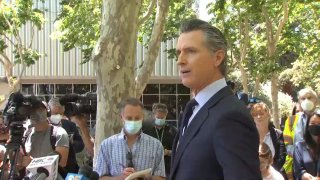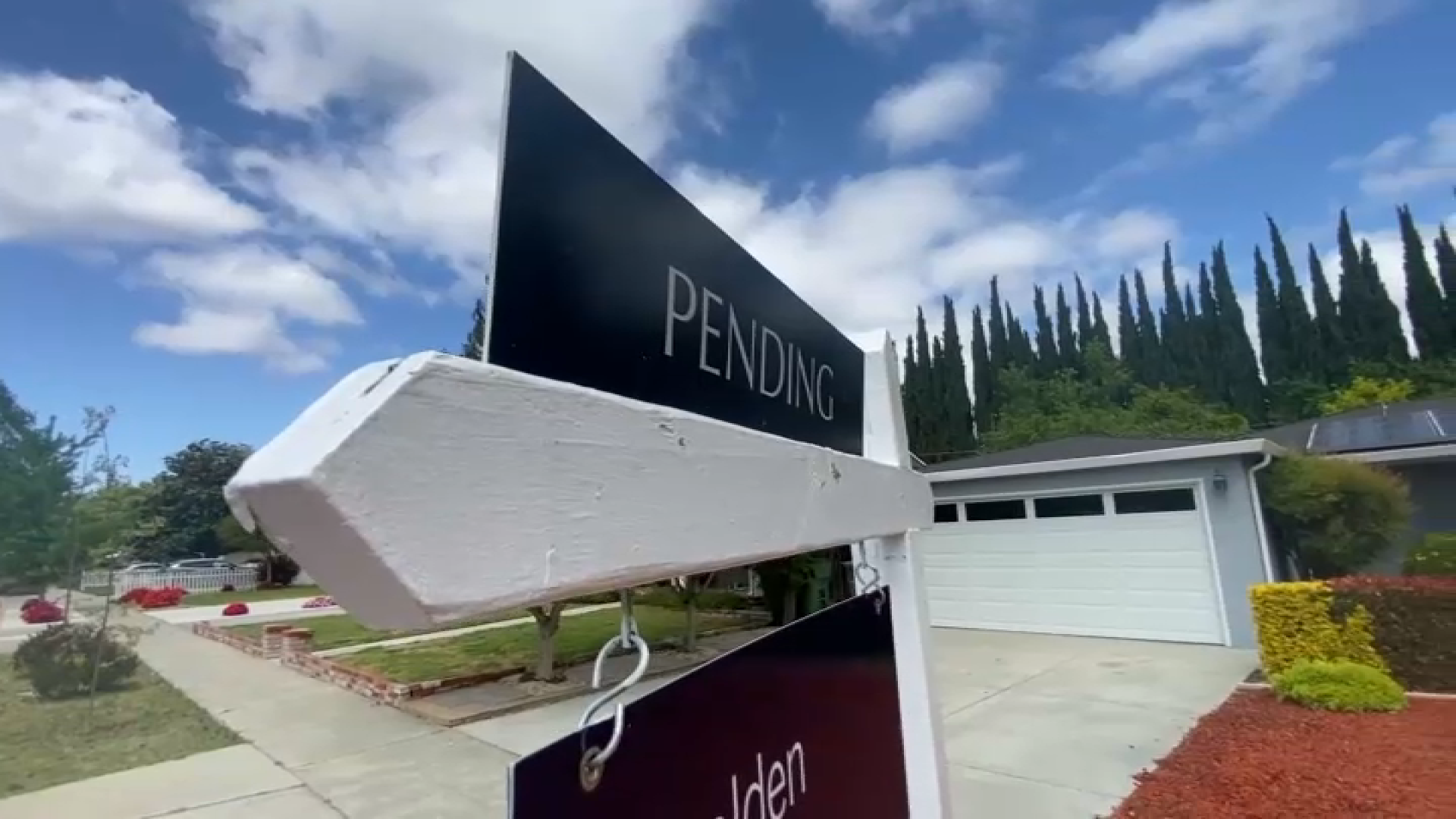
Democrats in the California Legislature said Tuesday they think the state will have about $20 billion more to spend over the next four years, highlighting a disagreement with Gov. Gavin Newsom about the trajectory of the state's finances as it emerges from the coronavirus pandemic.
California has an extra $76 billion to spend this year. State law says about half of it must go to public education, be put in reserves or be used to pay down debt. Newsom and state lawmakers can spend the rest of it however they want.
Newsom wants to spend most of that money on things that do not need ongoing funding — including giving $8.1 billion of it back to taxpayers in the form of rebates.
Tuesday, Democratic leaders in the state Legislature agreed to do most of the things Newsom wants. But they also committed to spending billions of dollars on programs that require ongoing spending.
Get a weekly recap of the latest San Francisco Bay Area housing news. Sign up for NBC Bay Area’s Housing Deconstructed newsletter.
Lawmakers pledged to spend about $1.3 billion giving government-funded health insurance to low-income immigrants living in the country illegally who are 50-years-old and older. They said they would spend $1.1 billion to increase the rates for state child care and preschool providers. And they agreed to give local governments $1 billion per year to combat homelessness.
H.D. Palmer, spokesman for the California Department of Finance, said the Newsom administration has “great concern” about the Legislature’s plan because it commits to spend more money in the future. He pointed to the early 2000s, when the state had a bunch of new money to spend and used a lot of it for ongoing programs.
“When the dot-com boom went bust a year later, (the spending) couldn’t be sustained and led to the creation of those multiyear deficits that took multiple years and multiple administrations to finally close,” Palmer said.
Local
Legislative leaders dismissed the Newsom administration's concerns. Last year, lawmakers agreed to cut spending, raise taxes and pull from the state's reserves after Newsom said the state was headed toward a $54.3 billion deficit because of the coronavirus and its effect on the economy.
Instead, state revenues jumped 27% — the largest single year increase in more than four decades, according to the nonpartisan Legislative Analyst's Office. It's the main reason California has so much more money to spend this year.
State lawmakers say they based their spending plan not on how much money Newsom says the state will have, but on how much money the nonpartisan Legislative Analyst's Office says the state will have. The difference is about $20 billion by fiscal year 2024-2025.
State Sen. Nancy Skinner, a Democrat from Berkeley and chair of the Senate committee that writes the budget, said the Legislative Analyst’s Office's projections have been more accurate than those done by the administration.
“If that means that we may have serious impacted revenues in the future that we have to cut it back, then so be it,” she said. “But to harm people now when we have the amount of money that we have would be wrong.”
Newsom is already making changes to his budget proposal, which the Department of Finance says highlights the uncertainty surrounding the state's finances. The governor had planned to use some of the billions of dollars in federal coronavirus aid to increase the number of slots in state child care programs. But the federal government said last week he couldn't use the money for that purpose.
That means the state's projected deficit at the end of 2024-2025 will be $1 billion instead of $500 million. Keely Martin Bosler, Newsom's budget director, said it is a “cautionary tale” for state policymakers.
“We had to make some assumptions on how we can use that (federal) money. Some of them inevitably will not be right, and we will have to make future modifications,” she said. “One thing that we’re really focused on as we get to into negotiations with the Legislature is really making sure we maintain the mix of ongoing versus one-time (spending) given all of the uncertainty that’s embedded in this proposal this year.”
Democratic leaders say they aren't worried. Assemblyman Phil Ting, a Democrat from San Francisco and chair of the Assembly Budget Committee, noted the Legislature's proposal spends less money than the governor this year while also putting more money into reserves over time.
“We believe that is a more accurate portrayal,” he said.



